This is a preprint.
Effects of intergenerational transmission of small intestinal bacteria cultured from stunted Bangladeshi children with enteropathy
- PMID: 39554152
- PMCID: PMC11566026
- DOI: 10.1101/2024.11.01.621574
Effects of intergenerational transmission of small intestinal bacteria cultured from stunted Bangladeshi children with enteropathy
Abstract
Environmental enteric dysfunction (EED), a small intestinal disorder found at a high prevalence in stunted children, is associated with gut mucosal barrier disruption and decreased absorptive capacity1-4. To test the hypothesis that intergenerational transmission of a perturbed small intestinal microbiota contributes to undernutrition by inducing EED5, we characterized two consortia of bacterial strains cultured from duodenal aspirates from stunted Bangladeshi children with EED - one of which induced local and systemic inflammation in female gnotobiotic mice. Offspring of dams colonized with the inflammatory consortium exhibited impaired prenatal and postnatal growth, as well as immunologic changes phenocopying features of EED in children. Dam-to-pup transmission of the inflammatory consortium produced, in recently weaned offspring, alterations in (i) inter-cellular signaling pathways related to intestinal epithelial cell renewal, barrier integrity and immune function plus (ii) glial- and endothelial-neuronal signaling pathways that regulate neural growth, angiogenesis and inflammation in the cerebral cortex. Cohousing of mice harboring the inflammatory or non-inflammatory consortia and subsequent screening of candidate disease-promoting bacterial isolates identified Campylobacter concisus, an organism typically found in the oral microbiota, as a contributor to enteropathy. The C. concisus strain induced, in a host nitric oxide synthase (NOS)-dependent manner, pro-inflammatory cytokine signaling. Moreover, host-derived nutrients generated by NOS augmented C. concisus growth. This preclinical model should facilitate identification of small intestinal microbiota-targeted therapeutics for (intergenerational) undernutrition.
Conflict of interest statement
Competing Interests - D.R. and A.O. are co-founders of Phenobiome Inc., a company pursuing development of computational tools for predictive phenotype profiling of microbial communities.
Figures
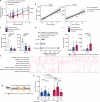

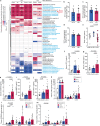
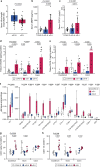
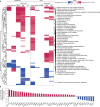


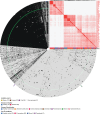
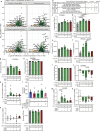





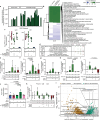
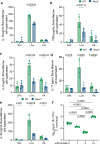
References
-
- Lindenbaum J., Kent T. H. & Sprinz H. Malabsorption and jejunitis in American Peace Corps volunteers in Pakistan. Annals of internal medicine 65, 1201–1209 (1966). - PubMed
-
- Hossain Md. S. et al. Environmental enteric dysfunction and small intestinal histomorphology of stunted children in Bangladesh. PLOS Neglected Trop. Dis. 17, e0010472 (2023).
-
- Owino V. et al. Environmental enteric dysfunction and growth failure/stunting in global child health. Pediatrics 138, e20160641 (2016). - PubMed
Publication types
Grants and funding
LinkOut - more resources
Full Text Sources
